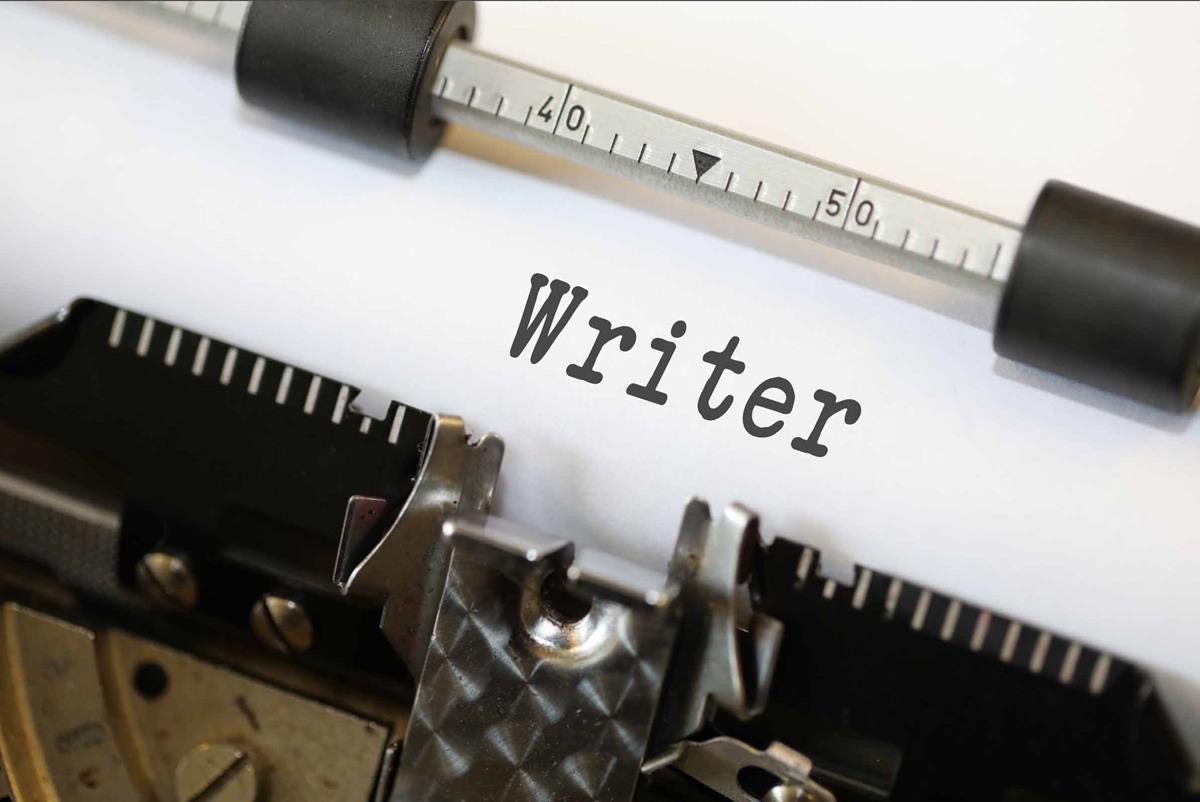Showing vs. Telling in Creative Writing In the craft of creative writing, the distinction between showing and telling is foundational, influencing how vividly a scene
Help us Grow.
The shortcode is missing a valid Donation Form ID attribute.
By wcadmin 3 days ago
By wcadmin 2 months ago
By wcadmin 2 months ago
The Accusative Case in English Grammar
By wcadmin 1 year ago
Showing vs. Telling in Creative Writing In the craft of creative writing, the distinction between showing and telling is foundational, influencing how vividly a scene
Welcome to the expansive realm of creative writing, a sanctuary where words transcend the mundane and venture into the extraordinary. Here, we embrace the alchemy
Cadence, in the context of songwriting, refers to the sequence of chords that brings a phrase, section, or piece of music to a conclusion or rest point. It's like the punctuation in a musical sentence, offering resolution, creating suspense, or invoking emotion.
In songwriting, cadence plays a crucial role in shaping the listener's experience, guiding their emotional journey through the song. It can create a sense of resolution or leave the listener hanging, eager for more. Cadences are foundational in establishing the song's structure, helping to delineate verses, choruses, and bridges.
There are several types of cadences used in songwriting:
1. Perfect Cadence (Authentic Cadence): This is the V to I chord progression (in major keys) or V to I in minor keys. It's the most conclusive and provides a strong sense of resolution, often used to end phrases or sections definitively.
2. Imperfect Cadence (Half Cadence): Typically involving a progression to the V chord from any other chord, this cadence feels unfinished, creating a sense of anticipation or suspense, urging the music to continue.
3. Plagal Cadence: Often referred to as the "Amen" cadence due to its frequent use in hymns, this IV to I progression provides a softer resolution than the perfect cadence, often used to convey a sense of peace or finality without the starkness of a perfect cadence.
4. Deceptive Cadence: This occurs when the progression leads from V to any chord other than I (in major) or I (in minor), often to the vi chord. It's called "deceptive" because it defies the listener's expectation of resolution, adding surprise or tension to the song.
Incorporating these cadences thoughtfully can enhance the emotional impact of a song, influencing how the listener feels and responds to the music. Understanding and experimenting with different cadences can be a powerful tool in a songwriter's arsenal, offering varied ways to express mood, convey messages, and craft memorable music.
__________
Grady Lucas
Account: @wcadmin
eMail: admin@writerscritique.org
As an example, Adele's music provides excellent examples of how cadence is used effectively in songwriting to evoke emotion and structure songs. Let's look at a few instances from her songs:
1. Perfect Cadence (V-I):
In "Someone Like You," the chorus ends on a perfect cadence, giving a sense of resolution after the emotional build-up. The line "Never mind, I'll find someone like you" concludes with this cadence, offering closure at the end of the chorus, which mirrors the theme of acceptance and moving on.
2. Imperfect Cadence (Half Cadence):
"Rolling in the Deep" uses imperfect cadences at the ends of some phrases in the verses, creating a sense of anticipation and unresolved tension, compelling the listener to move forward with the song. The verse lines often end on a V chord, making the listener eager for the resolution that comes in the chorus.
3. Plagal Cadence (IV-I):
In "Hello," the verses use plagal cadences, which contributes to the song's introspective and somewhat nostalgic mood. This softer resolution adds to the emotional depth, reflecting the song's themes of reflection and reconciliation.
4. Deceptive Cadence (V-vi):
Although less common in Adele's music, deceptive cadences can be found in some of her songs where the chord progression leads to an unexpected chord, enhancing the emotional impact. For example, there might be moments in her less predictable songs where the music builds up as if to resolve, but instead, it takes a surprising turn, reflecting the lyrical themes of unexpected emotions or situations.
Adele's ability to pair her powerful lyrics with effective chord progressions, including thoughtful use of cadences, is part of what makes her music resonate with so many listeners. The way she combines these musical elements contributes to the overall mood and emotional expression of her songs, making her one of the most impactful songwriters and artists of her generation.
__________
Grady Lucas
Account: @wcadmin
eMail: admin@writerscritique.org




The shortcode is missing a valid Donation Form ID attribute.